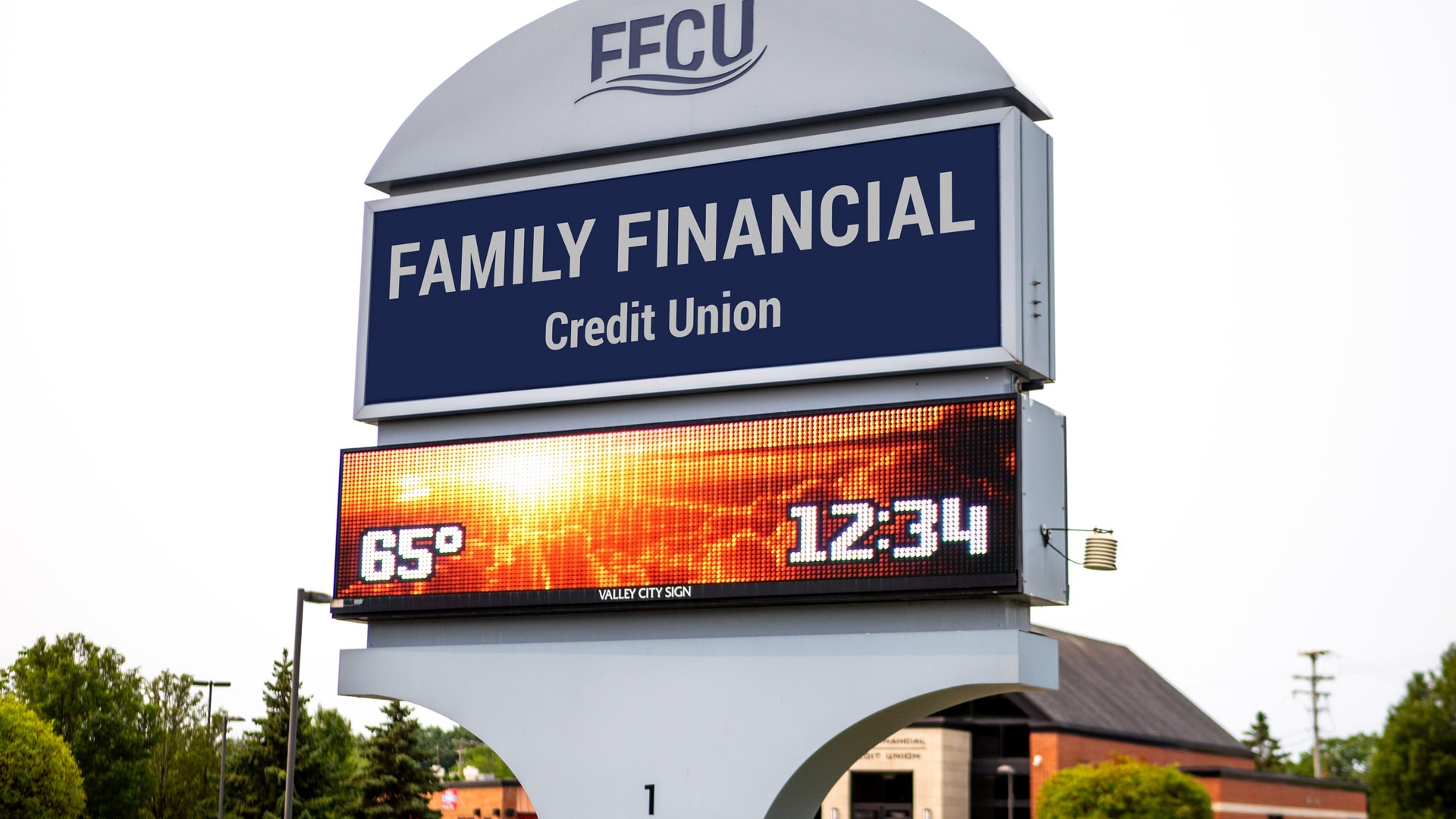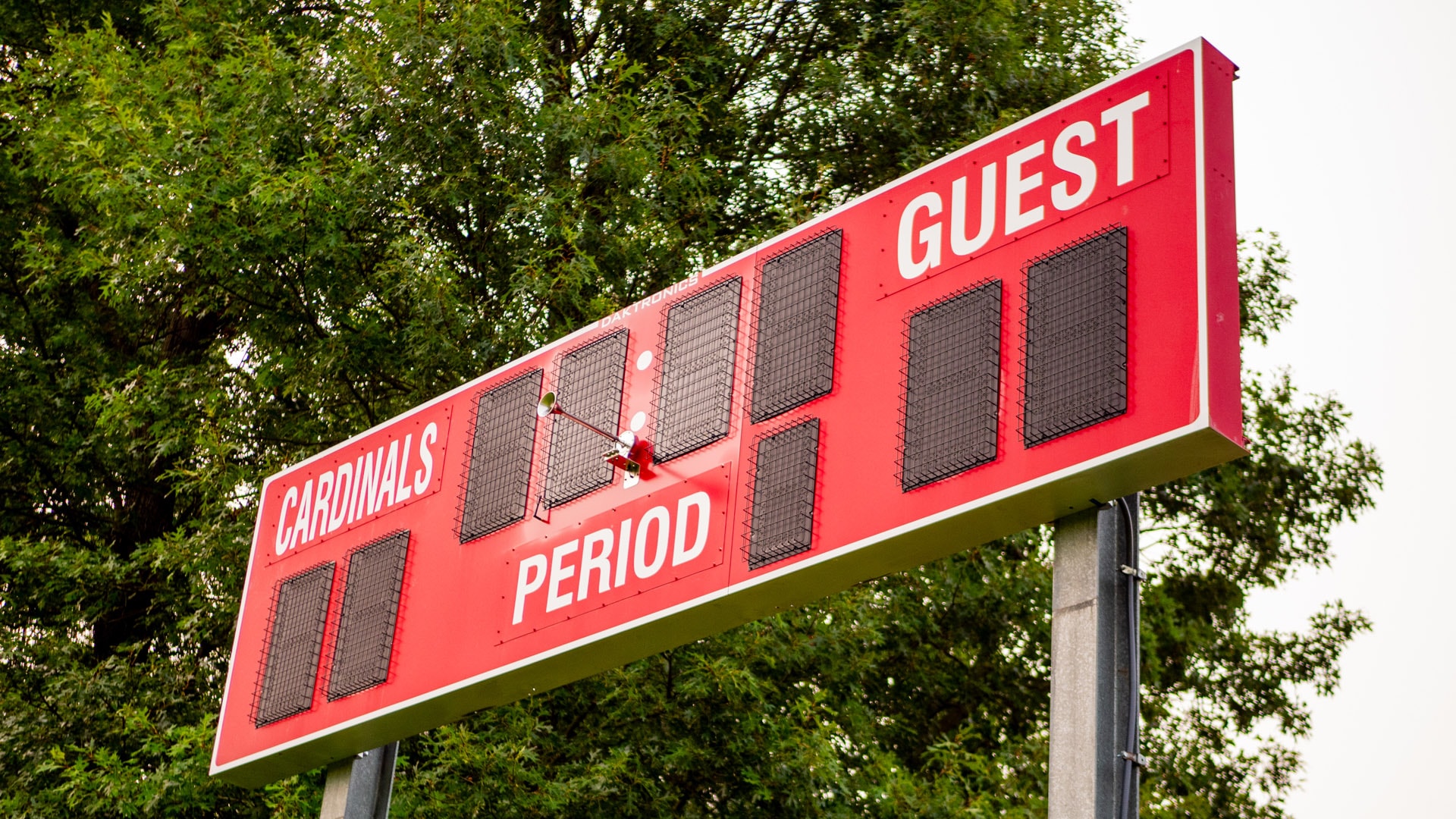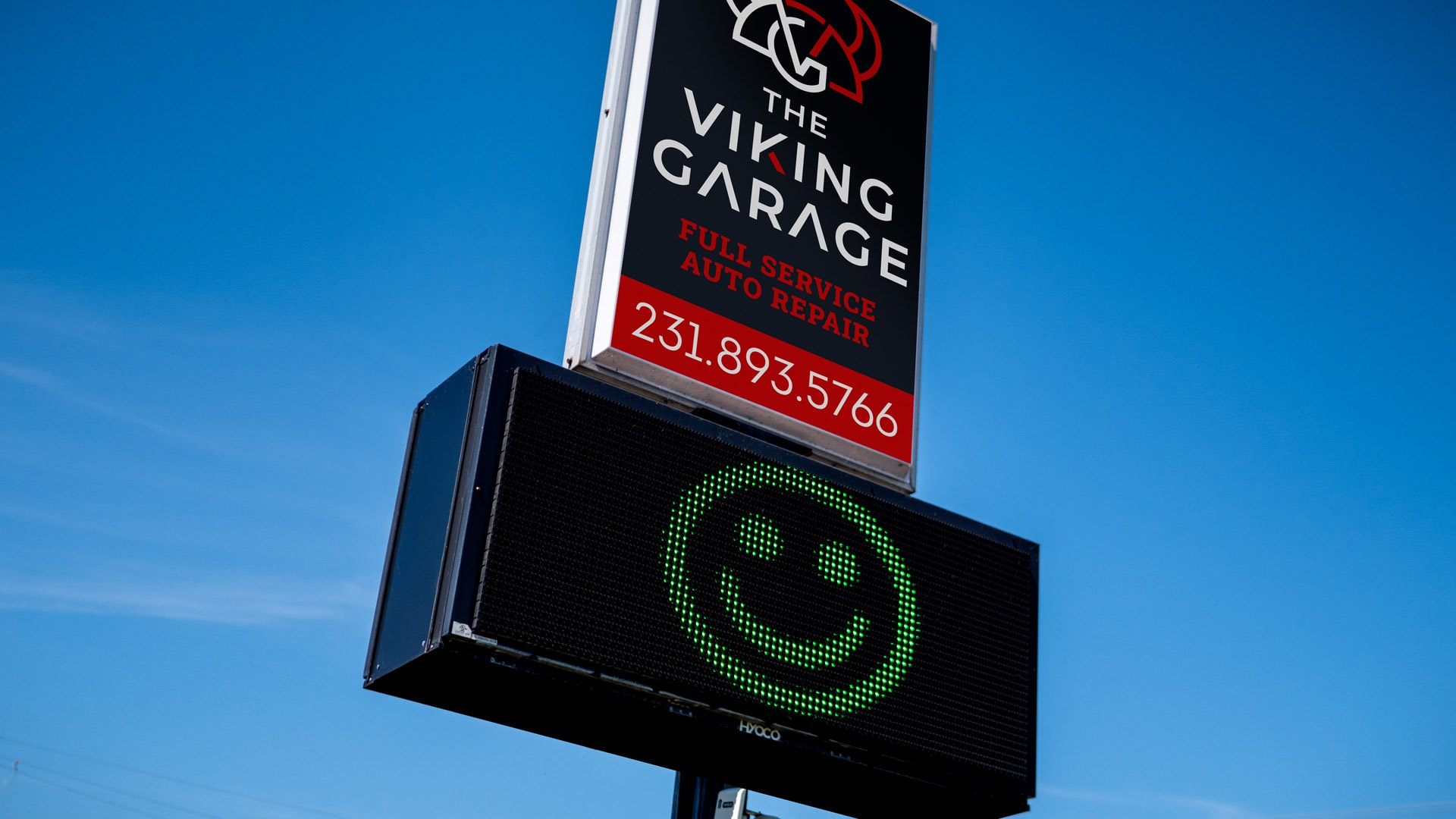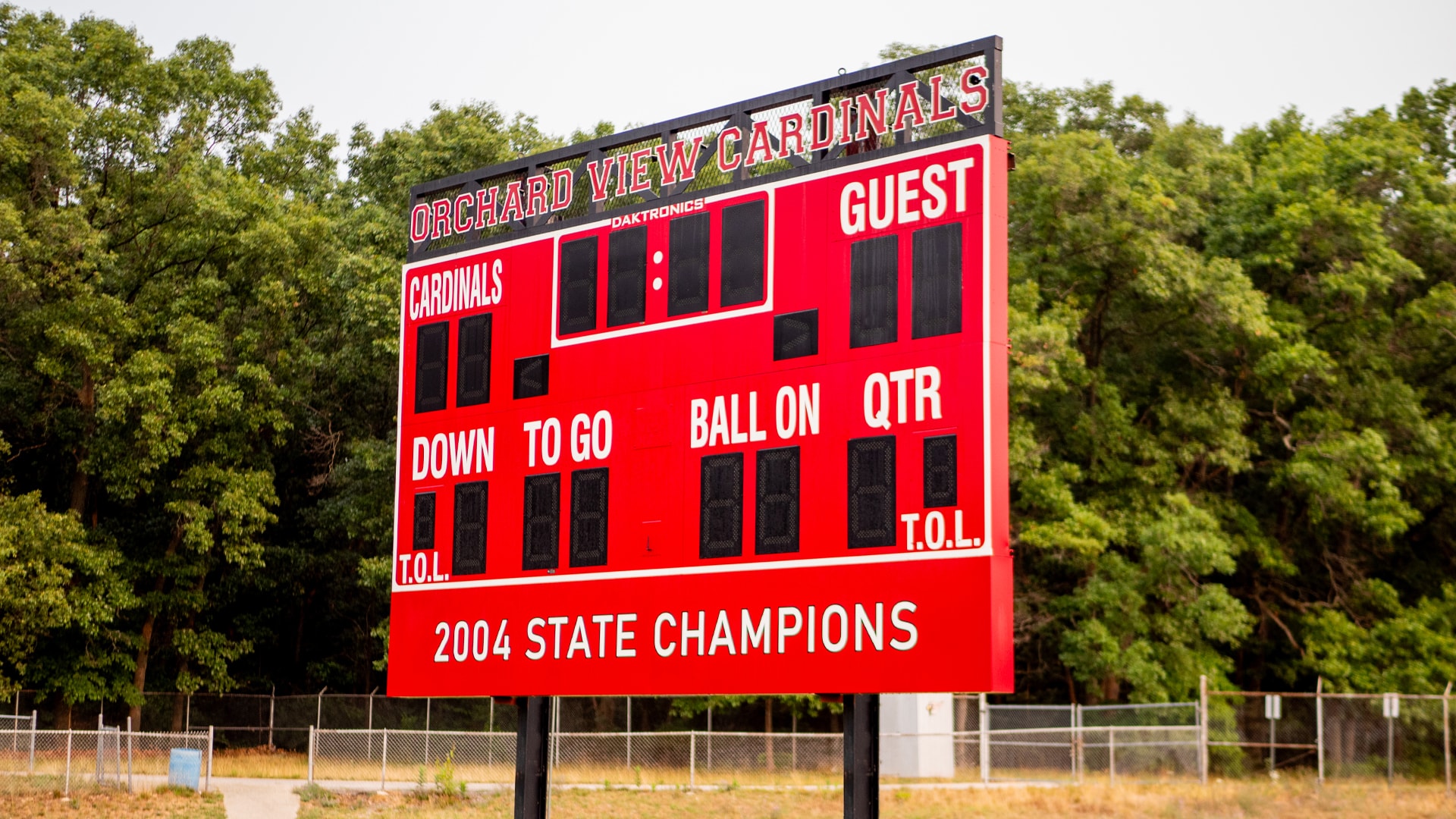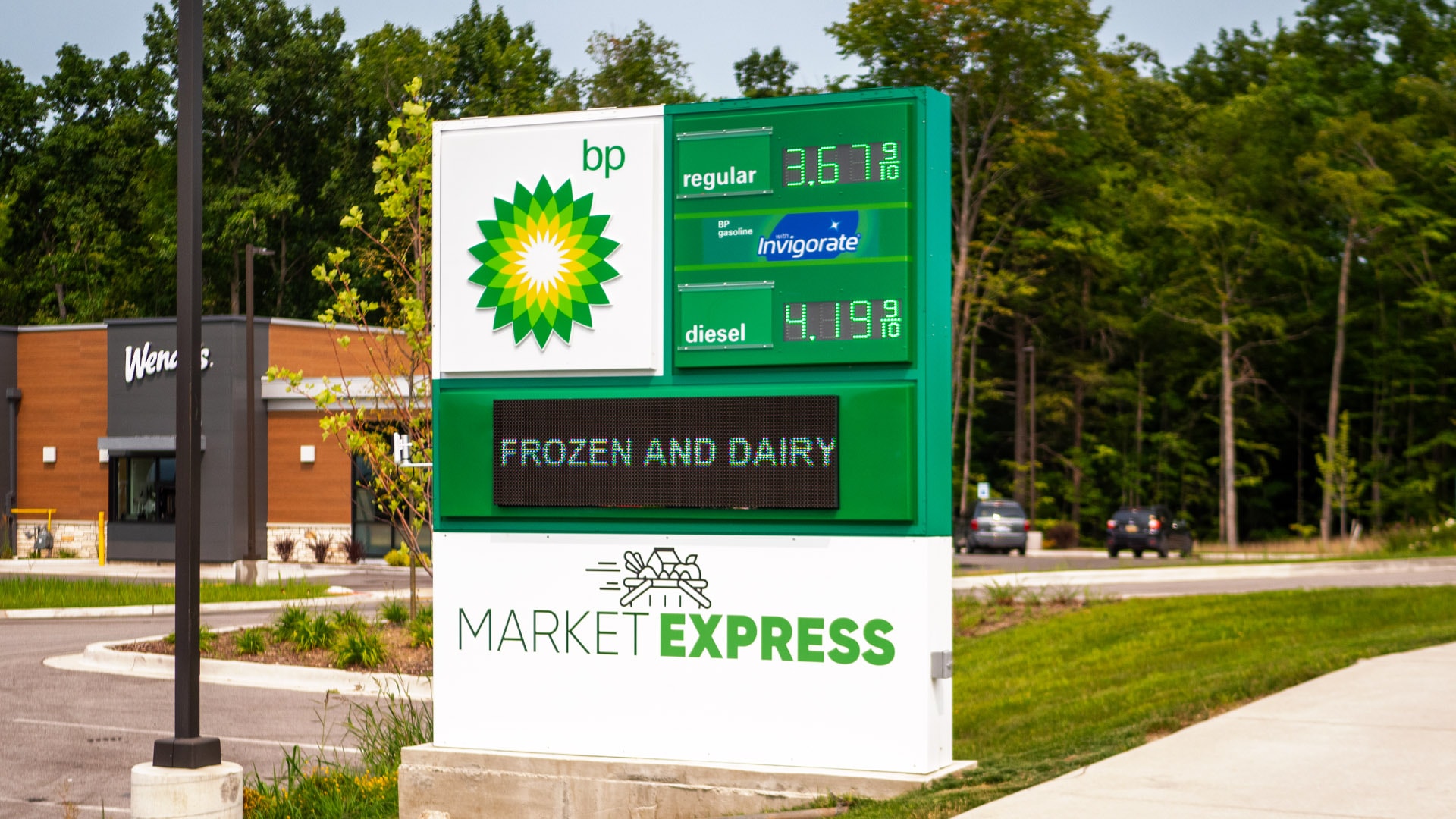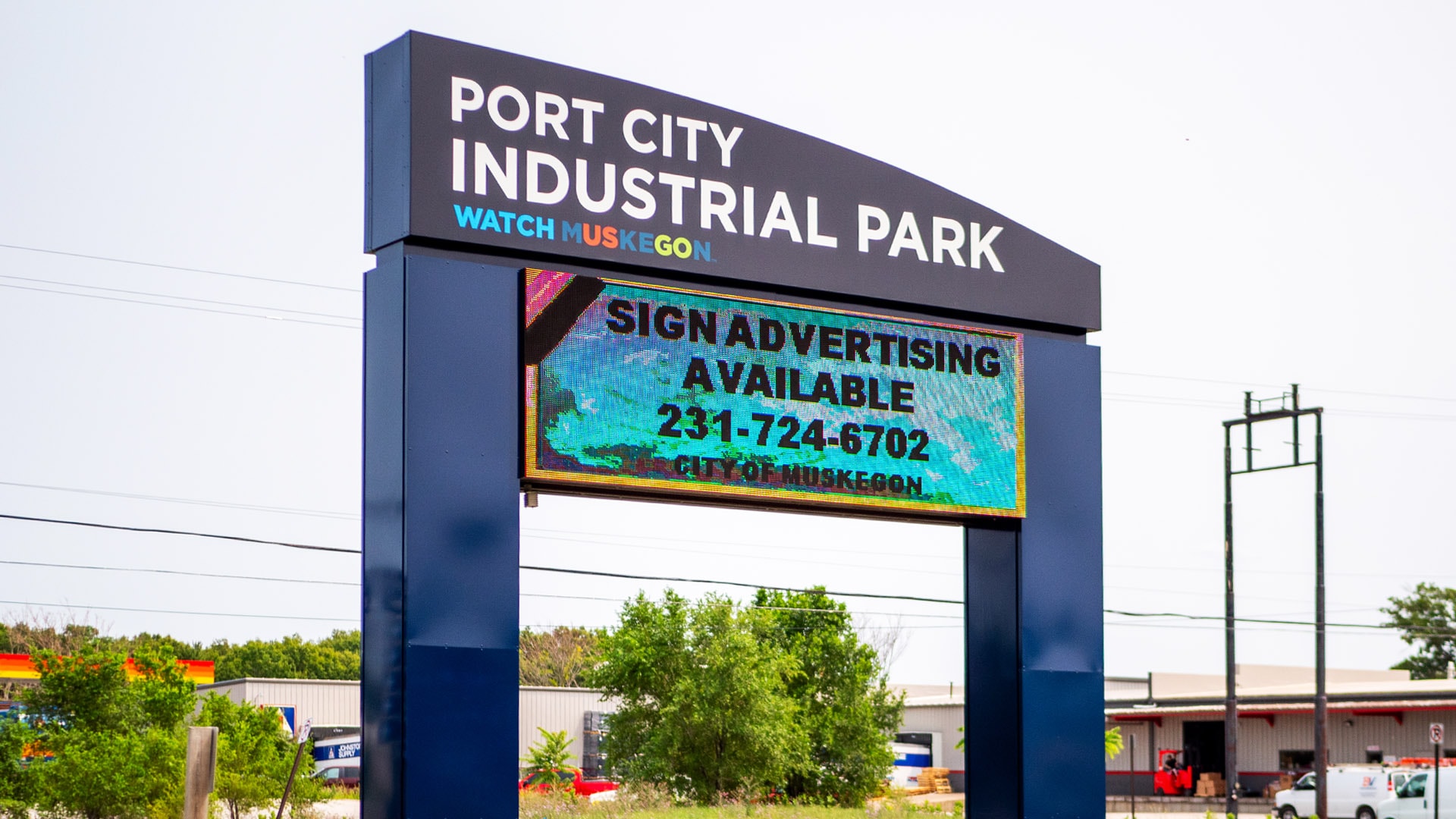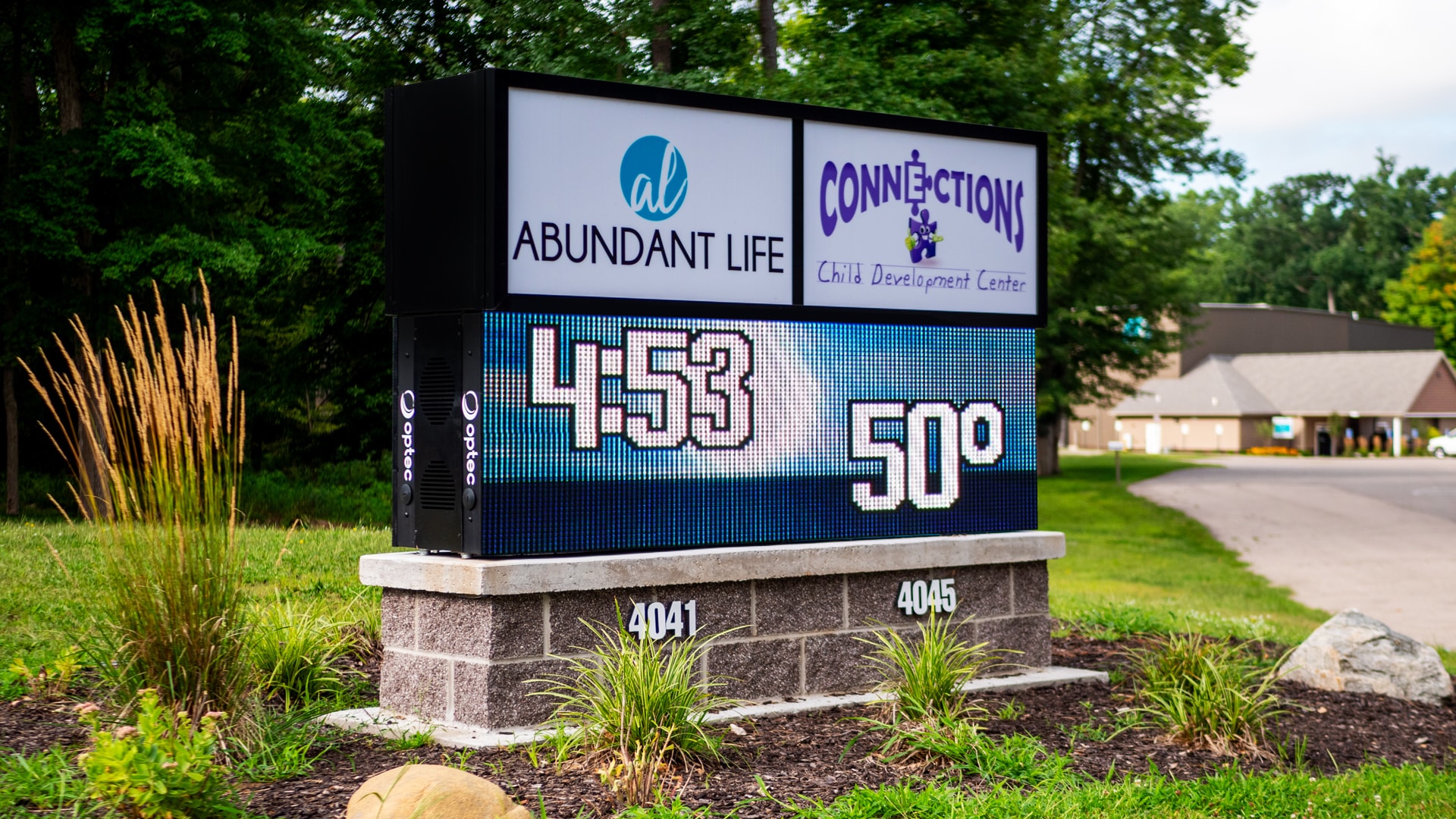In our rapidly evolving world, capturing the interest of potential customers has become increasingly demanding. Conventional advertising approaches often need help to compete amidst the constant barrage of digital diversions and information saturation.
This is precisely where electronic signs, also known as digital signs, step in. These state-of-the-art display solutions provide a dynamic and attention-grabbing means to communicate your message, establishing themselves as indispensable tools for businesses and organizations seeking to distinguish themselves in today’s competitive marketplace.
In our rapidly evolving world, capturing the interest of potential customers has become increasingly demanding. Conventional advertising approaches often need help to compete amidst the constant barrage of digital diversions and information saturation.
This is precisely where electronic signs, also known as digital signs, step in. These state-of-the-art display solutions provide a dynamic and attention-grabbing means to communicate your message, establishing themselves as indispensable tools for businesses and organizations seeking to distinguish themselves in today’s competitive marketplace.
A digital sign, often called an electronic sign, LED sign, or digital display, is a modern communication tool that uses electronic technology to convey information, messages, or advertisements.
Unlike traditional static signs of printed materials, digital signs utilize high-resolution screens, such as LED or LCD displays, to showcase dynamic content. Though slight differences exist between the variations available, they all feature the same key features.
ELECTRONIC DISPLAYS
At the heart of a digital sign is its visual display. This can be an LED screen, LCD monitor, or other types of high-quality screens. These displays can show images, videos, animations, and text in vibrant and sharp detail.
DYNAMIC CONTENT
Unlike static signs, digital signs can display dynamic content. You can show moving images, videos, real-time data, and interactive elements. This dynamic nature makes digital signs highly engaging and adaptable to various purposes.
REMOTE MANAGEMENT
Many digital signs can be controlled and updated remotely. This is a significant advantage, as it allows you to change content, schedule messages, and make real-time updates without physically accessing the sign. This feature is particularly valuable for businesses with multiple locations.
REAL-TIME INFORMATION
Digital signs can display real-time information like weather updates, stock market data, news feeds, or live event schedules. This ability to showcase current details benefits businesses and organizations that require up-to-the-minute communication.
PIXEL CONCENTRATION
Pixel concentration, often called pixel density or pixel pitch, is critical when discussing digital outdoor signs. It refers to the number of individual pixels within a defined area on the display screen.
The correct pixel concentration ensures the content appears crisp and clear, even in outdoor environments with varying lighting conditions. This is particularly important for outdoor signs, as they are exposed to direct sunlight, which can impact visibility.
When evaluating pixel concentration for digital outdoor signs, balancing the intended use, budget, and environmental factors is essential.
A higher pixel concentration is crucial for interactive kiosks or signs meant to be viewed at close range. On the other hand, large billboards meant for long-distance viewing may have a lower pixel concentration to manage costs while still delivering compelling content.
Ultimately, selecting the appropriate pixel concentration should be guided by your outdoor signage project’s specific requirements and goals, carefully considering the audience’s viewing distance and the quality of content you want to display.
BENEFITS OF DIGITAL
Your storefront sign holds immense power in a fast-paced business landscape where making a lasting impression is vital. Transitioning from a static sign to a dynamic digital one can be a game-changer.
You can just read on to learn more about the benefits of this shift, including heightened visibility, increased engagement, real-time updates, and cost savings.
If you’re ready to take your business to the next level in today’s competitive market, you can just read on to discover the impact of embracing digital signage.
VERSATILITY
The limitations of static billboards or printed signage do not bind electronic signs. With electronic signs, you have the to showcase dynamic and engaging content.
Electronic signs allow for a wide range of content options, whether it’s a vibrant video, a scrolling message, or real-time updates. This versatility is especially valuable in capturing the attention of passersby.
VISIBILITY AND IMPACT
One of the key advantages of electronic signs is their high visibility, even in broad daylight. These signs use LED or LCD technology, ensuring your message is seen clearly, regardless of the weather or time of day.
Their striking brightness and sharp resolution make them stand out in indoor and outdoor settings, ideal for storefronts, stadiums, and public spaces.
Electronic signs are proven to attract more attention than traditional signage. Their dynamic nature and high-resolution graphics capture the eye, drawing potential customers to your message.
This increased visibility often leads to improved foot traffic, greater brand recognition, and increased sales.
COST-EFFECTIVE ADVERTISING
While the initial investment in electronic signs may seem high, they offer significant cost savings in the long run. Unlike traditional signage that requires frequent replacement and maintenance, electronic signs are built to last.
With energy-efficient LED technology, they consume less power and are highly durable, resulting in lower operational costs.
REAL-TIME UPDATES
The ability to make real-time updates is a game-changer for businesses. Electronic signs can be easily programmed to display current promotions, event schedules, and other time-sensitive information.
This flexibility lets you respond quickly to changing market conditions and keep your audience informed and engaged.
ENVIRONMENTAL FRIENDLINESS
Many electronic signs are designed with eco-friendly features in mind. LED technology, commonly used in electronic signs, consumes less power and has a longer lifespan than other lighting options, reducing energy consumption and waste.
This benefits your bottom line and showcases your commitment to sustainability.


